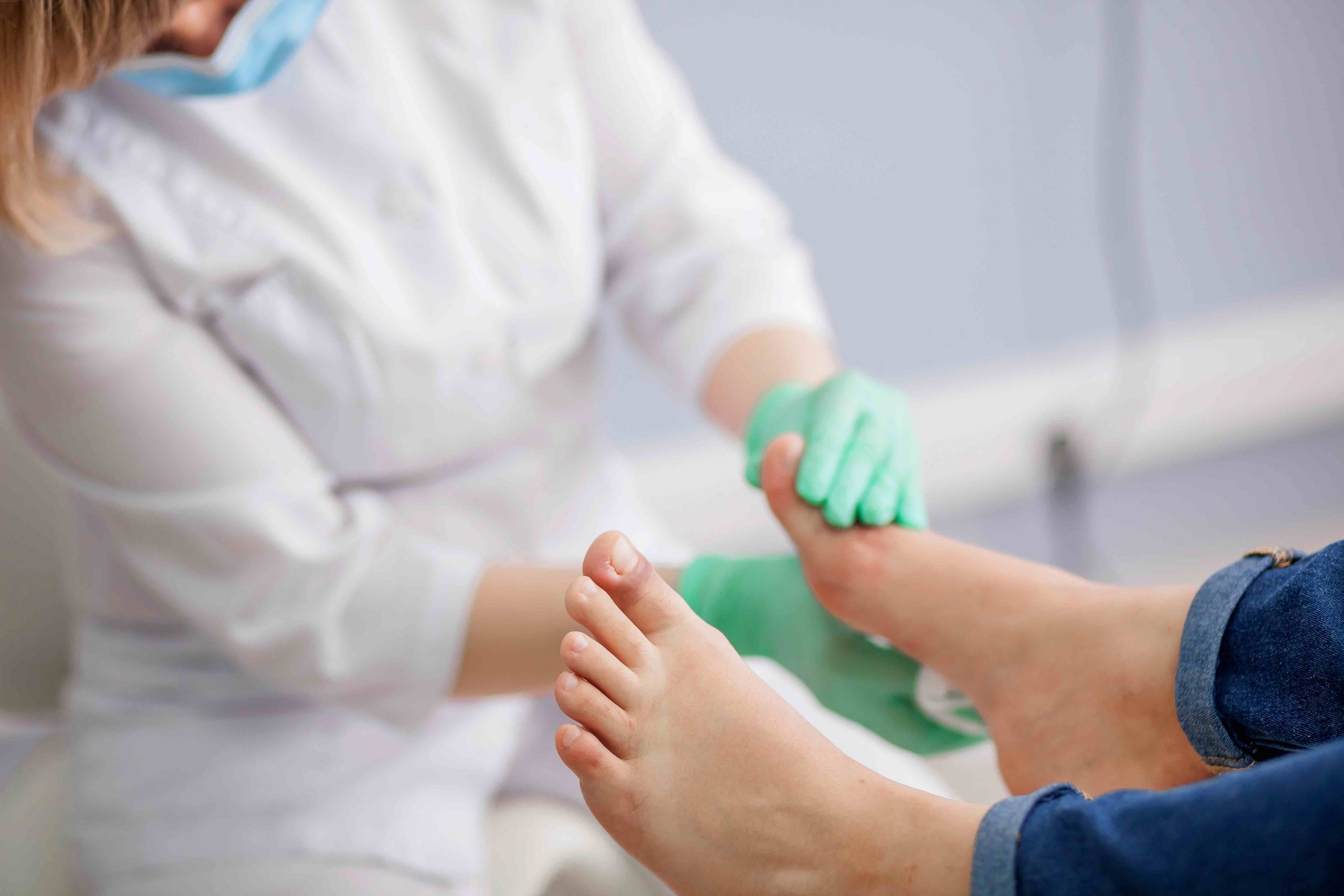Your foot is a strong, mechanical structure comprising of 26 bones, 33 joints and over 100 tendons, muscles and ligaments. The load on the feet is consistent daily, and we expect them to take us the distance we want.
This intricate and highly developed structure needs a little care on a regular basis and with so many working parts, a regular trip to the podiatrist is a good investment in long term foot strength, and health.
If you’re wondering what that niggling feeling is in your foot, here’s a summary of the ten common reasons for foot problems and foot pain we see week to week. For more information you can view the linked articles which provide self-help tips to try at home.
1. Plantar Fasciitis
The plantar fascia is the tissue that runs along the bottom of the foot, connecting the heel to the toes, forming the arch of the foot. Pain can occur in this tissue if it’s over-stretched or strained and small tears can develop which cause inflammation and pain.
Most people feel the pain in the morning when they first get out of bed, or after long periods of sitting down. The pain can be anything from an acute short and stabbing sensation to a constant throbbing ache. It may resolve itself after walking around for a few minutes.
Plantar Fasciitis: Causes, Symptoms and Treatment – read more.
2. Heel Pain
The heel bone is the starting point of the Achilles tendon, which attaches the calf and its muscles to the heel. The most common reasons for heel pain are over-exertion, over-stretching and poorly fitting shoes.
There can be a number of causes of heel pain – plantar fasciitis, heel spurs, bursitis, Severs disease and Achilles tendinitis. Referred pain from other areas of the body may also play a role.
Heel Pain: Causes, Symptoms and Treatment – read more.
3. Blisters
Blisters are common foot problems and can be prevented with some extra care. When friction on the foot is excessive through constant rubbing, the skin will tear just under the skin surface and fluid rushes in as a protective mechanism, creating a blister bubble. The blister is there for a good reason – to prevent further damage to the skin and infection.
Blisters: Causes, Symptoms and Treatment – read more.
4. Corns and Calluses
Calluses form when the skin hardens due to excessive pressure and are often found under the balls and heels of the feet. Most of the time they don’t cause any pain. Corns on the other hand are more specifically focused in one area, forming a hard lump surrounded by inflamed skin that can be very painful.
Corns and Calluses: Causes, Symptoms and Treatment – read more.
5. Bunions
Bunions develop when the big toe pushes inwards toward the second toe, throwing the foot structure out of alignment. A bony bump forms at the big toe joint, protruding outward and causing discomfort or pain.
Depending on the formation and severity of the bunion, they can limit movement, cause further foot problems and prevent normal activities such as walking and running.
Bunions: Causes, Symptoms and Treatment – read more.
6. Ingrown Toenails
Surprisingly common, ingrown toenails occur when the edges of the nail curves and grows into surrounding skin. This causes swelling and inflammation and if left untreated, it can lead to an infection.
Ingrown toenails can be recurring and mostly on the big toe but you can take measures to prevent them from happening again.
Ingrown toenails: Causes, Symptoms and Treatment – read more.
7. Gnarly or thick toenails
Thick and gnarly toenails occur due to fungal infections, trauma, ageing, psoriasis or paronychia. Fungal infections are the most common reason for nails to start to curl, and become thicker and yellower in colour. We recommend getting on top of this foot problem sooner than later. If left untreated, they can become more painful and harder to manage.
Thick and Gnarly Toenails: Causes, Symptoms and Treatment – read more.
8. Achilles Tendinitis
The Achilles tendon is the largest tendon in the body, connecting the calf muscle to the heel bone. This tendon is responsible for your foot being able to move up and down. Achilles tendinitis or tendinopathy occurs when there is repetitive strain or overuse of the Achilles tendon. The tendon becomes inflamed and causes pain which can be mild to severe and prevent you from being able to do sports or other activities.
Achilles Tendinopathy: Causes, Symptoms and Treatment – read more.
9. Neuromas
Do you feel like you have a pebble stuck in your shoe under the ball of your foot? It’s probably a neuroma. A neuroma which is also referred to as Morton’s neuroma, is a benign cyst that develops in the ball of the foot between the 3rd and 4th toes. It can be painful enough to stop you from being able to step on your foot. There are things you can do at home to relieve the symptoms and minimise recurrence.
Neuromas: Causes, Symptoms and Treatment – read more.
10. Athlete’s Foot
Athlete’s Foot is caused by tinea, a fungus that you catch from public showers, around swimming pools, in change rooms floors and anywhere else that provides a warm and moist environment for the fungus to grow. If your foot is itchy, red, dry and scaly, you may have Athlete’s Foot. Don’t leave it untreated because it can spread to the toenails and become harder to fix.
Athlete’s Foot: Causes, Symptoms and Treatment – read more.
Concerned about a foot niggle?
If you are experiencing any of the above foot problems, please give us a call and make an appointment at one of our three podiatry clinics. Our experienced, gentle and qualified team are located in podiatry clinics in Adelaide, Stirling and Mount Barker. We’ll help you with general foot care, self help at home and advice on preventing future problems.
